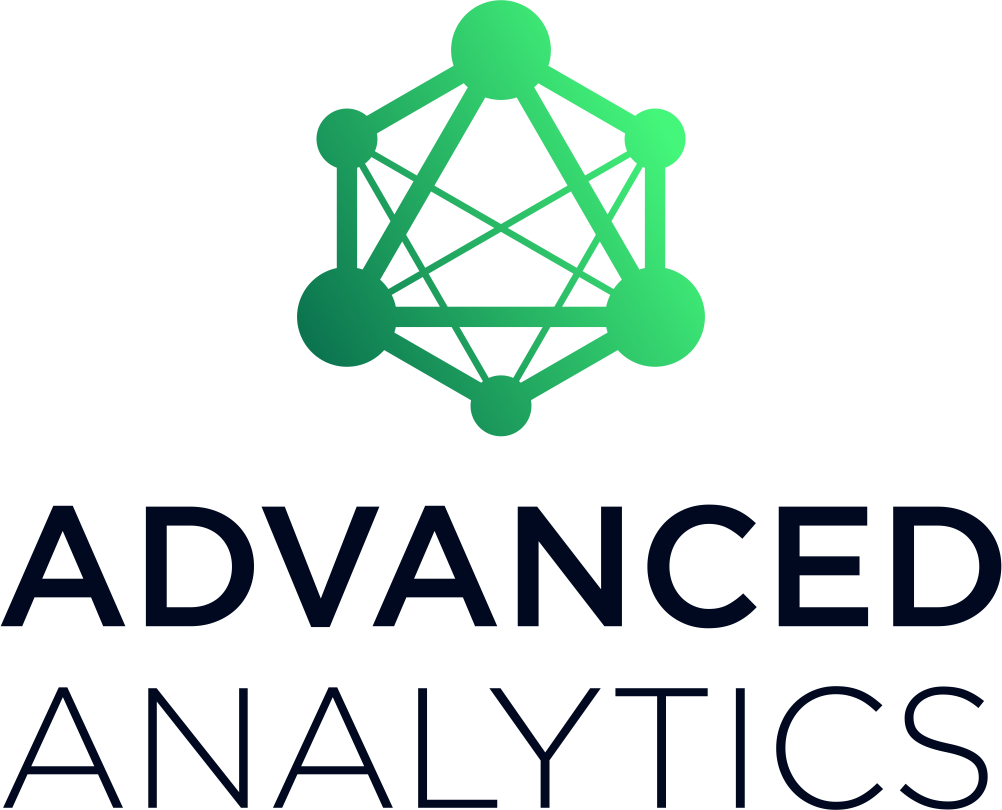
Every Database Is Multi-Modal: What Does This Mean to an Enterprise?
DATE: June 13, 2024
TIME: 2:00 PM - 3:00 PM Eastern / 11:00 AM - 12:00 PM Pacific
PRICE: Free to all attendees
About the Webinar
Today’s enterprises have an unprecedented variety of data store choices to meet the needs of their varied workloads. Because there is no one size fits all when it comes to data stores, this can lead to confusion and chaos.
Enterprises have many needs for databases, including cache, operational, data warehouse, master data, ERP, analytical, graph data, data lake, and time series data. In most cases, regardless of enterprise agreements, it is advantageous to seek out the best fit for each distinct workload. Spending time making a smart determination up front can lead to the best price-performance and capability results.
But what if price-performant offerings for adjacent workloads in an enterprise have materialized?
A multi-modal database is a database that can store, manage, and query data in multiple models, such as relational, document-oriented, key-value, graph (triplestore), column store, and potentially enterprise cache data.
An enterprise may find reduced overhead and other synergies from choosing a single vendor for these workloads. Many enterprises are already doing this, and we believe they are better off with this approach, as long as the selected offering and its implementation meet the key criteria outlined in this webinar.
Join us for the key criteria and emerging technologies that IT decision makers should evaluate when choosing a multi-modal solution.
Enterprises have many needs for databases, including cache, operational, data warehouse, master data, ERP, analytical, graph data, data lake, and time series data. In most cases, regardless of enterprise agreements, it is advantageous to seek out the best fit for each distinct workload. Spending time making a smart determination up front can lead to the best price-performance and capability results.
But what if price-performant offerings for adjacent workloads in an enterprise have materialized?
A multi-modal database is a database that can store, manage, and query data in multiple models, such as relational, document-oriented, key-value, graph (triplestore), column store, and potentially enterprise cache data.
An enterprise may find reduced overhead and other synergies from choosing a single vendor for these workloads. Many enterprises are already doing this, and we believe they are better off with this approach, as long as the selected offering and its implementation meet the key criteria outlined in this webinar.
Join us for the key criteria and emerging technologies that IT decision makers should evaluate when choosing a multi-modal solution.
About the Speaker
William McKnight
President, McKnight Consulting Group
President, McKnight Consulting Group
 William McKnight has advised many of the world's best-known organizations. His strategies form the information management plan for leading companies in numerous industries. He is a prolific author and a popular keynote speaker and trainer. He has performed dozens of benchmarks on leading database, data lake, streaming, and data integration products. William is the #1 global influencer in data warehousing and master data management, and he leads McKnight Consulting Group, which has twice placed on the Inc. 5000 list.
William McKnight has advised many of the world's best-known organizations. His strategies form the information management plan for leading companies in numerous industries. He is a prolific author and a popular keynote speaker and trainer. He has performed dozens of benchmarks on leading database, data lake, streaming, and data integration products. William is the #1 global influencer in data warehousing and master data management, and he leads McKnight Consulting Group, which has twice placed on the Inc. 5000 list.

By registering for this or any DATAVERSITY® event, as applicable by local privacy laws, you agree to receive marketing e-mail notifications from DATAVERSITY, sponsors, and partners from this event. Use of this contact data is governed by each individual entity’s Privacy Policy. Just click the “unsubscribe” or "Manage Your Email Subscriptions" link in any e-mail to unsubscribe.
For more information or to offer feedback, email: [email protected] | Advertise With Us
Copyright © 2011-2024 DATAVERSITY Digital LLC. All Rights Reserved.
13020 Dickens Street, Studio City, California 91604 | 1 (310) 337-2616
